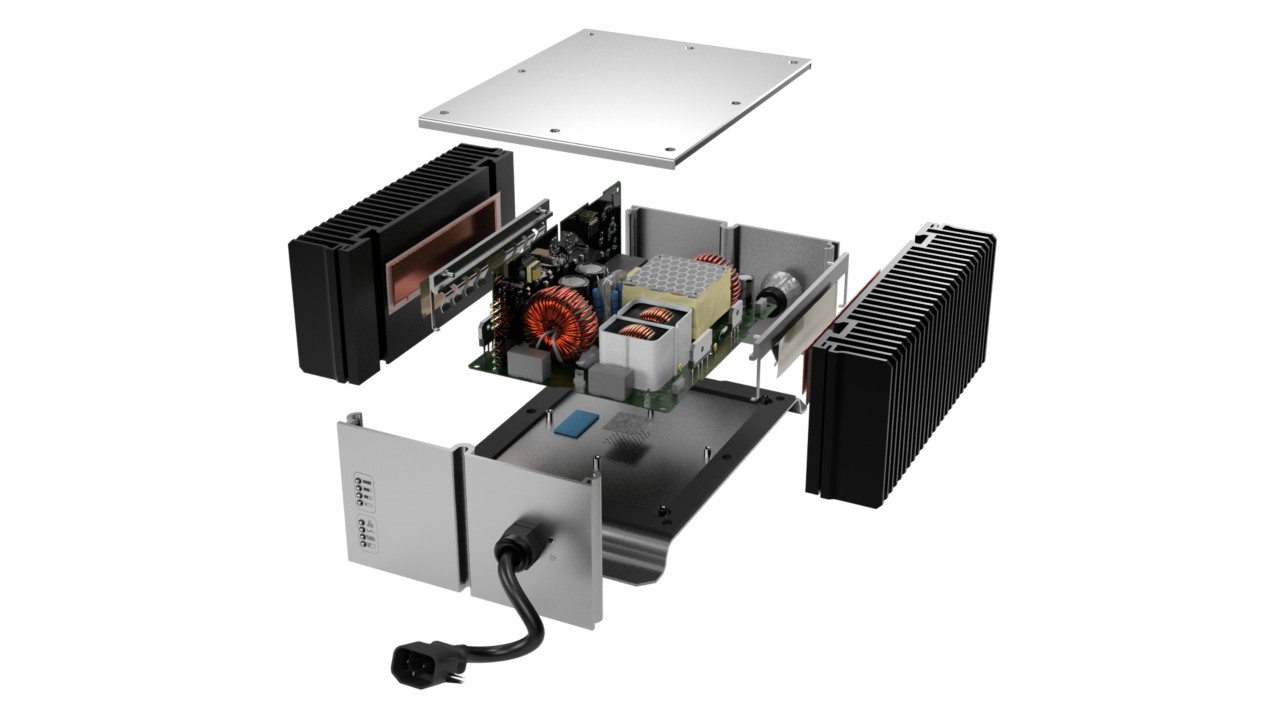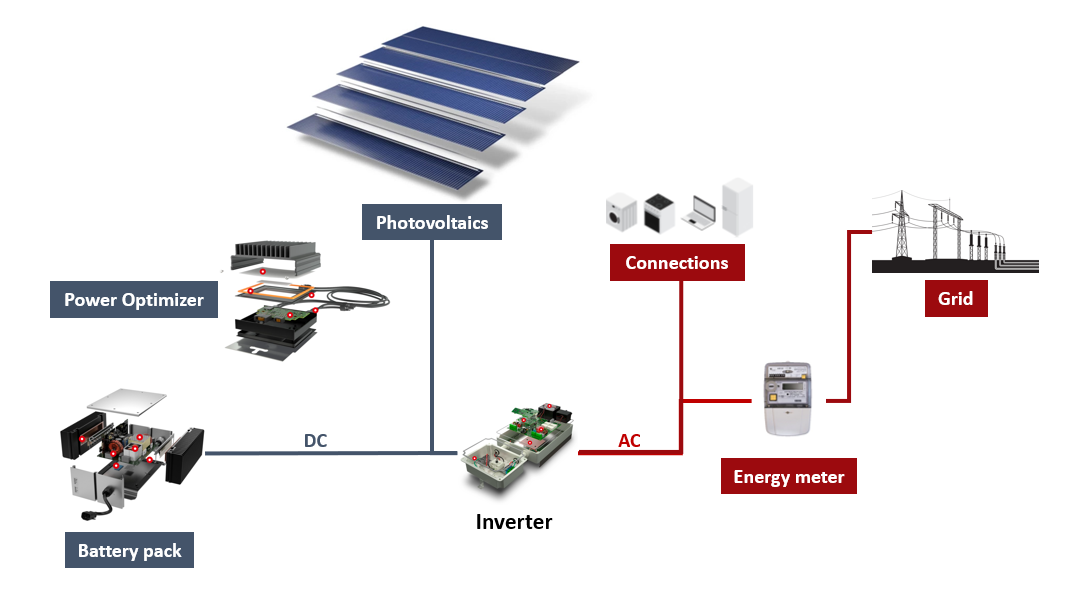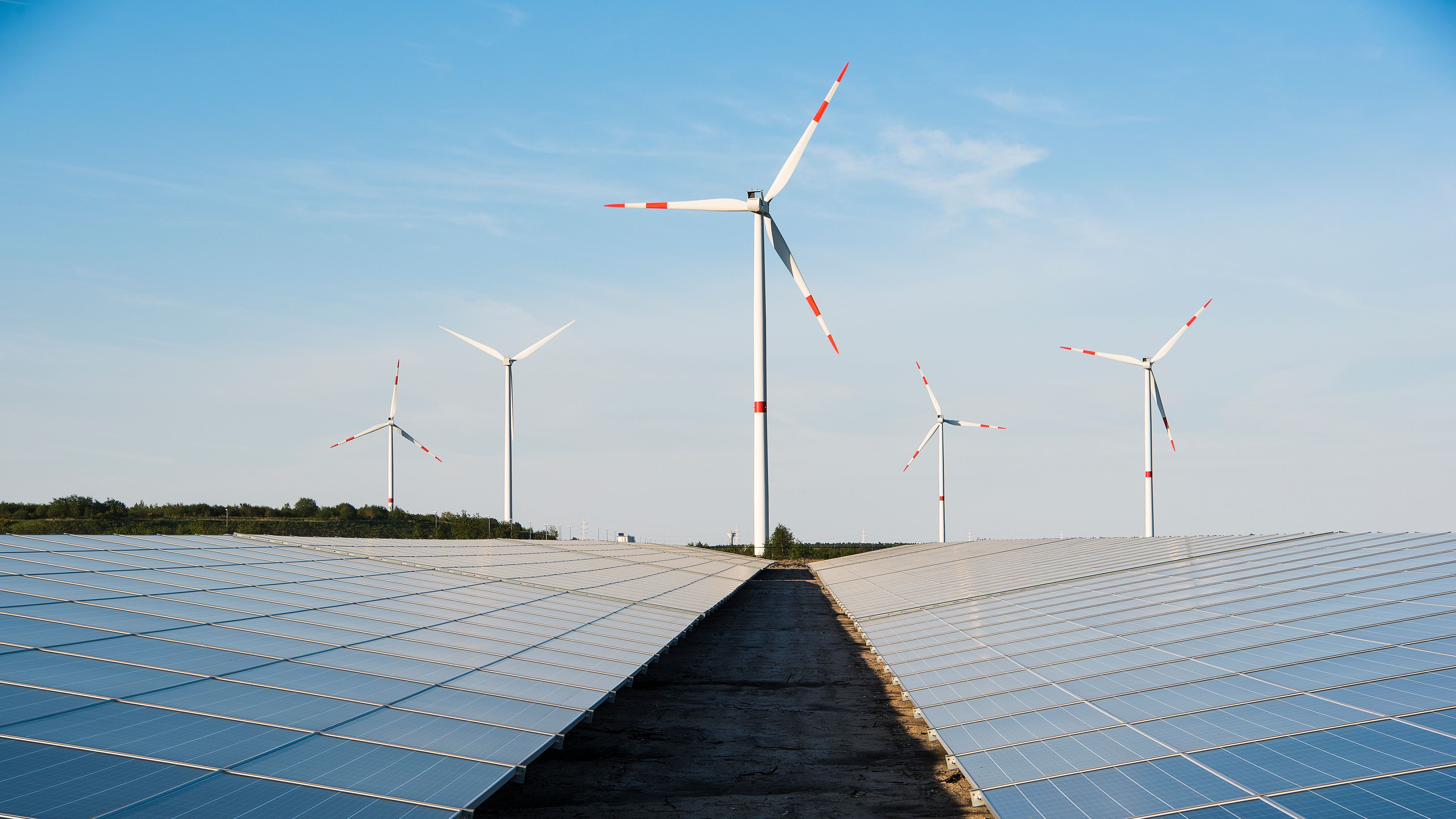Solar Energy
The sun's energy, on a daily basis, can produce enough energy to power the globe for years. Harneshing this energy, converting, storing and distributing it is one of mankind's biggest challenges that could potentially lead to a new technological leap.
Extracting power from alternative energy sources like the sun not only addresses the objective of sustainability but also significantly increases the amount and extends the availability of power to serve global needs, even in areas where there is limited infrastructure. Driving up the efficiency of a solar power network is key to harnessing as much energy from the source as possible.

The principles and components of Solar energy are illustrated below. There are hardly any disadvantages in this type of energy so maximizing its efficiency will allow humanity to thrive and move to a new era. No emissions, clean energy, no maintenance, no noise Converting the Sun's heat and light to create electricity is key. But how does this work?
Sunlight radiates photons that eventually reach the earth. These photons are captured through the Photovoltaic's (PV) semiconductor material. PVs contain multiple solar cells, each with positive and negative layers that are creating an electric field. Photons are reaching the cell and their energy allows some electrons to create an electric current that is eventually captured by the wires and then is either converted for use or goes to storage. The more solar cells in a Photovoltaic and the more Photovoltaics in an array, the better.
Cells are protected by being laminated between protective materials such as glass, plastic and other types of protective films. Caplinq provides multiple products such as Photovoltai cell conductive inks, solar panel electrically conductive adhesives and a wide variety of assembly and dielectric tapes with silicon of acrylic adhesives. There are also multiple power systems down the line, each with their respective needs and requirements.

From the solar panel’s DC output to the conversion in the inverter to the battery cell storage or grid, a solar energy system requires high-performance, dependable components to deliver power when and where required. Caplinq provides advanced adhesives, encapsulants, and thermal management materials to protect outdoor electronics from environmental impacts, remove heat to raise performance efficiency, and deliver on the long lifetime expectations of solar power systems.





